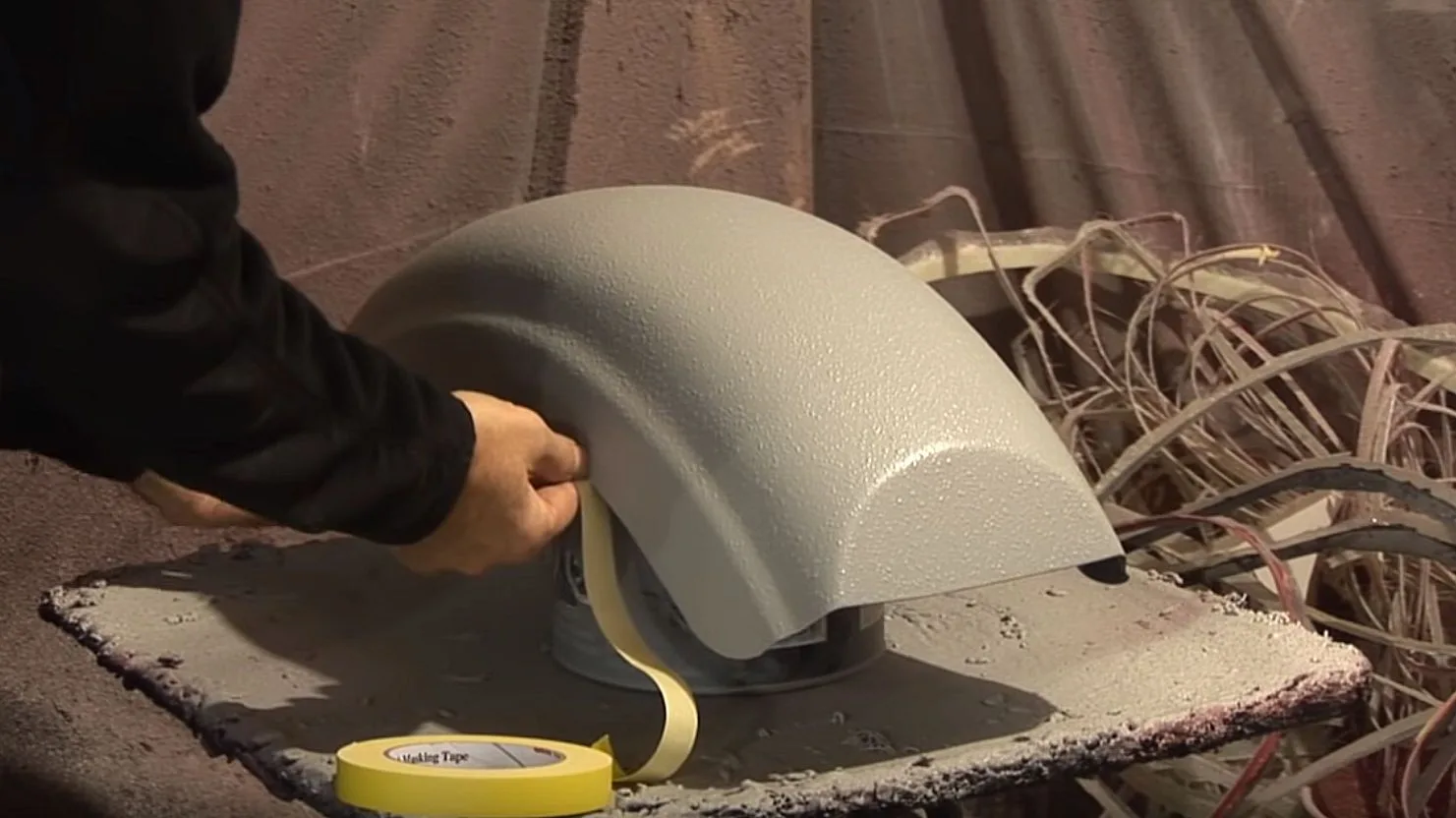Introduction
Creating a fiberglass body mold is an essential skill for professionals and hobbyists involved in automotive, marine, or custom manufacturing projects. A fiberglass body mold allows you to replicate a specific design or structure with high precision, durability, and flexibility. Whether you’re building a custom car body, a boat hull, or any other composite structure, understanding the process of making a fiberglass body mold is crucial. In this guide, we’ll walk you through everything you need to know—from the basics to advanced techniques. Read on to learn how to create a fiberglass body mold with ease and efficiency.

fiberglass body mold
1. Understanding Fiberglass Body Molds
Fiberglass body molds are a staple in industries ranging from automotive to marine construction due to their versatility, durability, and cost-effectiveness. These molds are used to create complex shapes and structures by layering fiberglass cloth saturated with resin over a model or ‘plug.’ Once the fiberglass cures, it forms a sturdy mold that can be used to reproduce the desired shape multiple times.
Fiberglass body molds are favored over other materials like metal or plastic because they are lightweight, resistant to corrosion, and capable of capturing intricate details. Additionally, they are relatively easy to make, which makes them ideal for both large-scale manufacturing and small DIY projects.
2. Essential Materials and Tools for Fiberglass Molding
Before starting the mold-making process, it’s essential to gather all necessary materials and tools:
- Materials:
- Fiberglass cloth or mat
- Polyester or epoxy resin
- Gel coat (optional for a smooth finish)
- Release agent (such as PVA or wax)
- Catalyst or hardener
- Sandpaper (various grits)
- Tools:
- Brushes and rollers for resin application
- Scissors or cutters for trimming fiberglass
- Respirator, gloves, and protective eyewear
- Heat gun (optional for curing acceleration)
Ensure that you work in a well-ventilated area and wear appropriate safety gear, as some chemicals used in the process can be hazardous if inhaled or come in contact with the skin.
3. Step-by-Step Guide to Creating a Fiberglass Body Mold
Step 1: Prepare the Original Model or Plug
Begin by preparing the original model (known as a plug) that you want to replicate. The plug should be clean, smooth, and free of imperfections. Apply a release agent evenly across the plug’s surface to prevent the fiberglass from sticking to it.
Step 2: Apply the Release Agent
Using a brush, apply the release agent thoroughly over the surface of the plug. Allow it to dry as per the manufacturer’s instructions. This step is critical to ensure the mold separates easily from the plug once the fiberglass has cured.
Step 3: Lay the Fiberglass Layers
Cut the fiberglass cloth into manageable pieces. Mix the resin and hardener according to the manufacturer’s instructions. Using a brush or roller, apply a thin layer of resin over the plug, then lay the fiberglass cloth over it, smoothing out any air bubbles. Repeat this process, layering the fiberglass and resin until you achieve the desired thickness.
Step 4: Curing and Mold Release
Allow the fiberglass to cure fully, which may take several hours to days, depending on the resin type and environmental conditions. Once cured, carefully remove the mold from the plug, ensuring not to damage the mold or the plug.
Step 5: Finishing Touches
Trim any excess fiberglass with a cutter and sand the mold edges to achieve a smooth finish. If necessary, apply a gel coat for a smoother surface and enhanced durability.
4. Advanced Techniques for Fiberglass Molding
For more complex molds, consider using additional reinforcements such as wood or foam inserts to maintain shape and stability. Applying a gel coat before laying fiberglass can also improve surface smoothness and reduce the need for excessive sanding.
To avoid common issues like air bubbles, use a roller to press the fiberglass layers together firmly and work in smaller sections to ensure even resin distribution.
5. Maintenance and Storage of Fiberglass Molds
Proper maintenance of fiberglass molds involves regular cleaning with mild soap and water and inspecting for cracks or damage. Store molds in a cool, dry place away from direct sunlight to prevent warping or degradation over time. If the mold shows signs of wear, it can often be repaired with additional layers of fiberglass or resin.
Conclusion
Creating a fiberglass body mold may seem daunting initially, but with the right materials, tools, and techniques, it becomes a manageable task. Whether you are a seasoned professional or a beginner, mastering fiberglass molding can open up a world of creative possibilities. Don’t hesitate to experiment and refine your methods to achieve the best results. For more in-depth guides and tutorials, subscribe to our newsletter today!




























